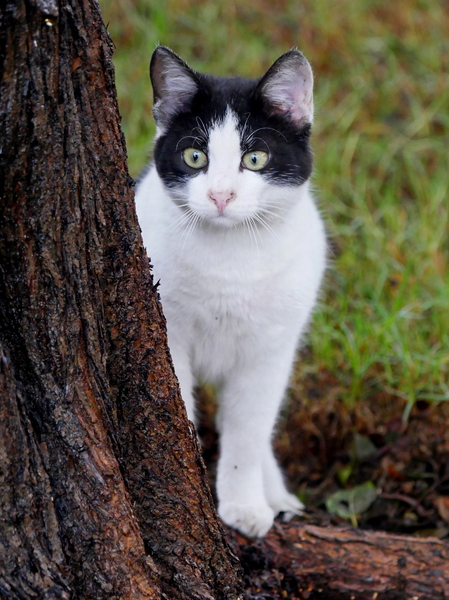Choosing the Right Cat Litter Box for Your Feline

Cat litter and litter boxes play an essential role in the lives of both cats and their owners. From the simple starts of sand and soil to the ingenious advancements of today, the world of cat litter has developed considerably. In this detailed guide, we look into every element of cat litter and litter boxes, exploring their history, types, advantages, obstacles, and whatever in between.
The history of cat litter dates back centuries, with ancient civilizations utilizing sand, soil, and even ashes as primitive litter products. Nevertheless, it wasn't till the mid-20th century that modern-day cat litter as we understand it emerged. In 1947, Edward copyright presented the world's very first business cat litter made from absorbent clay, revolutionizing the way cats relieved themselves indoors. Since then, cat litter has undergone many transformations, with the intro of clumping litter, silica gel litter, eco-friendly alternatives, and more.
Today, feline owners are ruined for choice when it comes to selecting the right litter for their feline buddies. Standard clay litter remains popular for its cost and effectiveness in soaking up smells. Clumping litter, which forms strong clumps when wet, simplifies cleaning and upkeep. Silica gel litter, made up of extremely absorbent silica crystals, offers superior smell control and longevity. Naturally degradable options, such as recycled paper, wood pellets, corn, and wheat, interest environmentally conscious customers.
Each kind of cat litter provides unique benefits. Clay litter stands out in its ability to soak up wetness and control odors, making it a reputable choice for many feline owners. Clumping self cleaning cat litter box litter simplifies cat litter alternatives daily scooping and extends the time in between complete litter modifications. Silica gel litter offers remarkable odor control and can last longer in between replacements. Biodegradable litters use a sustainable alternative that minimizes ecological impact.
While cat litter enhances indoor feline health, it is not without its difficulties. Dust from clay litter can pose breathing risks for both felines and people, prompting the appeal of dust-free alternatives. Some felines may establish litter box aversion due to issues with texture, fragrance, or cleanliness, demanding experimentation with different litters and box setups. Multi-cat homes might require tactical litter box placement and frequent upkeep to prevent territorial conflicts and ensure all felines have access to clean facilities.
Selecting the suitable litter box is essential for promoting favorable litter box habits and general feline well-being. Elements to think about consist of size, ease of access, and style preferences. Covered litter boxes provide personal privacy and help include smells, but some cats might find them confining or frightening. Open-top litter boxes provide simple access and exposure however may lead to more litter scatter. Automatic self-cleaning litter boxes streamline maintenance however require regular tracking and upkeep.
Appropriate litter box upkeep is crucial for guaranteeing a clean and welcoming environment for both felines and their owners. Daily scooping eliminates waste without delay, reducing smell and preventing litter box aversion. Regular litter replacement, normally every 1-2 weeks, avoids bacterial buildup and preserves optimum absorbency. Thorough cleaning with mild cleaning agent and water, preventing cat litter box furniture harsh chemicals that may deter cats from utilizing package, should be performed monthly.
Cat litter and litter boxes play a central function in cultivating a healthy and harmonious relationship between cats and their human buddies. With a varied array of litter options and litter box designs readily available, feline owners have the flexibility to tailor their choices to fit their felines' choices and family needs. By understanding the development, types, advantages, and difficulties of cat litter and litter boxes, family pet owners can supply their feline friends with a comfortable and sanitary indoor environment.